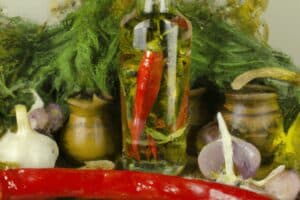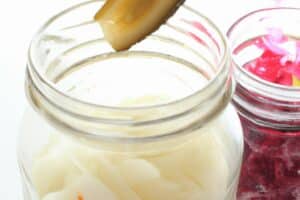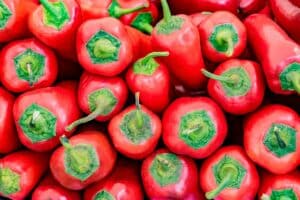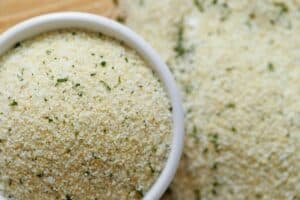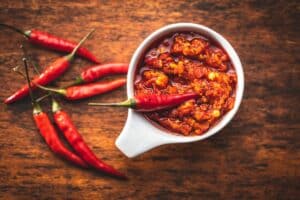Allspice is a very common type of spice that you can find in any grocery store and almost every kitchen cabinet in America.
But what if you’ve run out and don’t have time to go out and buy more? What can you use as an allspice substitute? A few of the best include cloves, nutmeg, and cinnamon – but we’ll talk about a few more below.
The name of this spice can be very misleading; in fact, there’s a good chance you don’t even know what allspice really is. Although the name makes it seem as though allspice is a blend of spices, it’s actually only one spice.
The spice comes from a berry that grows on the myrtle pepper tree, also known as the pimento tree. It grows throughout Central America and Jamaica, and the berries are dried and ground into a fine powder – which is what you buy conveniently packaged in the baking aisle.
Allspice may only contain one spice, but it’s a very versatile ingredient that you can use in several different kinds of recipes. It has a sweet and warm flavor profile that many compare to a mixture of pepper, cinnamon, clove, and nutmeg.
You may reach for the allspice when it’s time to bake a dessert-like pie, cake, or muffins. But you can also easily find it in a savory recipe for soups and stews. And it doesn’t stop there. From jerky and sausage to marinades and dry rubs, there’s nothing allspice can’t do.
After all this, let’s now talk about those substitutes that can save your day.
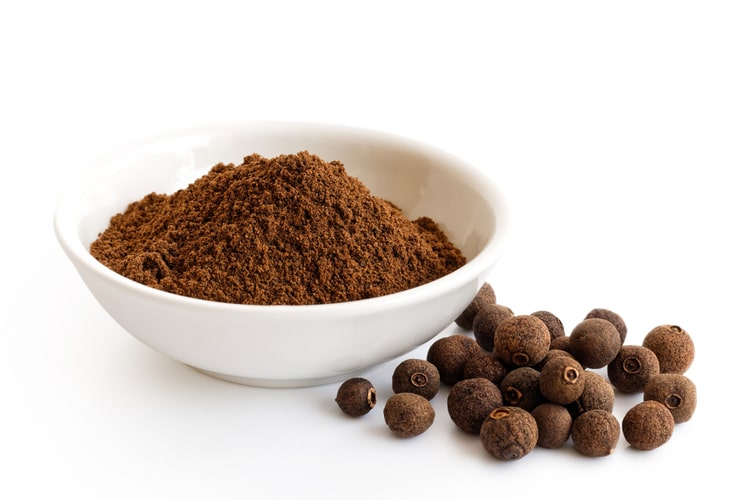
5 Recommended Allspice Substitutes
Allspice is a tasty and healthy ingredient you can add to tons of dishes. Not only is one serving a mere five calories, but it’s also known to come packed with health benefits like:
- Reducing inflammation
- Treating nausea
- Preventing infection
- Relieving pain
- Easing menopause symptoms
In addition to being a low-cal ingredient, allspice is also low on carbs and offers a nice amount of potassium, calcium, manganese, iron, and vitamin B5.
Allspice is also a fun spice to keep whole. You can store the dried berries for long periods in airtight containers and crack or grind them anytime you want to use them. Doing so will give you a fresh, potent flavor every time.
It’s not as convenient as ground allspice, but well worth it.
Unfortunately, we have all found ourselves in a situation where we have prepared everything for a recipe, only to realize we’re missing one key ingredient. Today, that ingredient is allspice.
We have our top five allspice alternatives below for you to check out.
Cloves
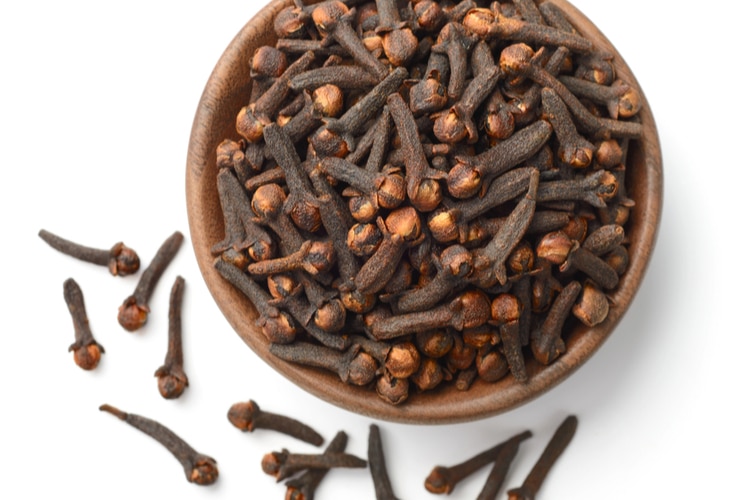
If you need an allspice berries substitute, you can’t do much better than some cloves. Allspice berries and cloves have very similar flavor profiles.
They’re both very strong tasting with a potent aroma, and they both offer a warm spiciness that you can almost feel in your toes.
Cloves do differ in some ways, though, which is important to keep in mind if you plan to use them as an allspice substitute.
Cloves lean more towards the sweet side, while allspice has more of a peppery flavor. Because of this peppery overtone, allspice is a tad more intense than cloves. Nevertheless, when you’re in a pinch, they make a great alternative.
Cloves are also an ideal choice if you’re looking to replace ground allspice, as you can find cloves in powder form too.
Cloves may change the flavor of your dish just a smidge, but it’s generally okay to substitute a one-to-one ratio. If you’re nervous about cloves making your dish too sweet, try adding it gradually and tasting as you go.
Nutmeg
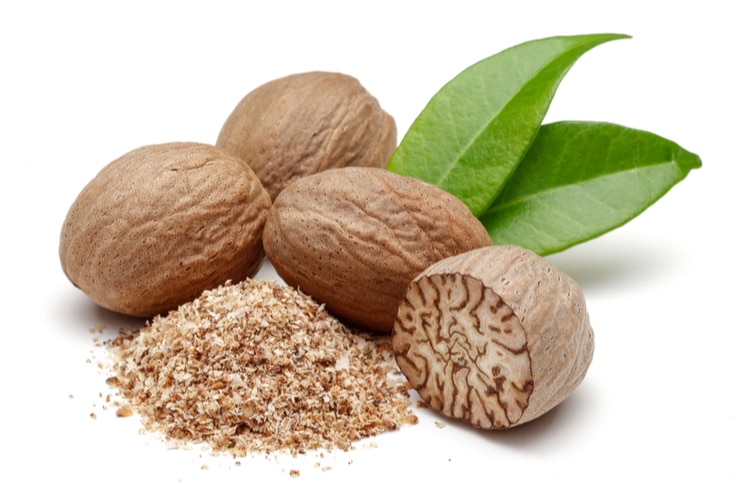
Nutmeg is another spice that tastes impeccably similar to allspice. Both of these ingredients come from evergreen trees.
Nutmeg comes from the nutmeg tree – easy enough to remember! This tree is native to Indonesia, which is different from the origin of allspice.
Although nutmeg has a flavor profile that’s very close to allspice, it is nuttier than the latter. This should come as no surprise, given the tree and the spice’s name.
This flavor can add a lovely touch to baked goods, punches, and salad dressings, though it lacks the peppery overtones in allspice.
The best way to substitute nutmeg for allspice is to start with a one-to-two recipe. Rather than matching the amount of allspice needed, begin with half as much and taste the dish. You can always add more, but it’s very difficult to take it out.
Additionally, some of you might want to add a dash of pepper along with your nutmeg. Doing so can help more accurately mimic the taste of the allspice for a closer match.
Nutmeg comes in a powder form and it has a similar color as allspice, so using it won’t change the texture or appearance of your dish.
Cinnamon
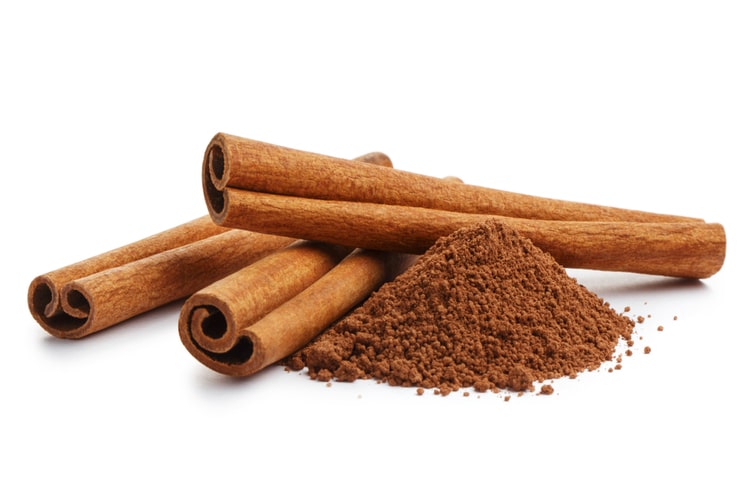
If you don’t have cloves or nutmeg, but you still need a ground allspice substitute, you can always try using cinnamon. Cinnamon is perhaps even more common than the first two spices we mentioned, so you likely have a container of it in your cupboard.
Cinnamon comes from the plant commonly referred to as the cinnamon tree. We’ve all seen those cinnamon sticks in the spice aisle or even in winter craft projects, right? Well, those sticks are pieces of the tree’s bark – rolled, cut, and packaged for your convenience.
In most cases, it makes more sense to bake and cook with cinnamon powder. The fine texture is perfect for cookies, cakes, rolls, muffins, and more, but you can also add it to sauces and other savory dishes.
Cinnamon isn’t the top substitute for allspice – that would be one of the options above – but it does work pretty darn well in a pinch. Cinnamon lacks the bite that peppery allspice provides, but it has the same spicy, warm flavor profile.
It is sweeter and milder, so keep that in mind when swapping it out.
If you want to try to achieve a closer match to allspice with cinnamon, follow suit with nutmeg and add a pinch of pepper alongside it. The texture of your recipe will remain the same, as will its color.
Pumpkin Spice
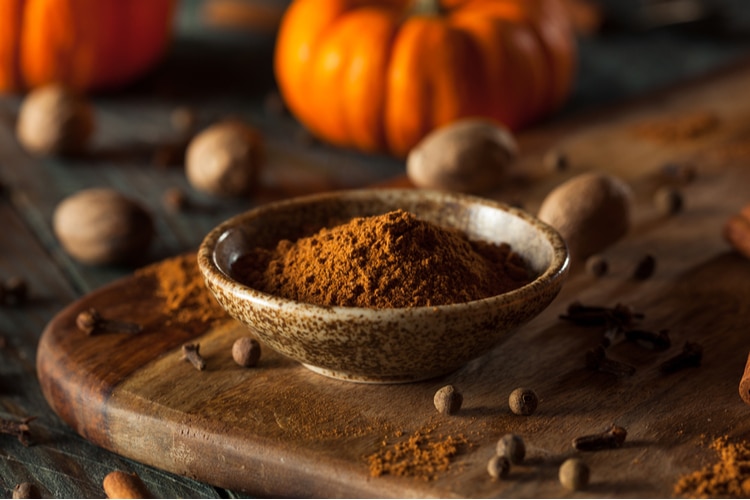
Pumpkin spice? That’s right – this spice is far more than just a fall-time favorite. Pumpkin spice is useful and welcomed all year when it comes to cooking and baking, and it has more uses than you might think.
If you’re truly at a loss and can’t get ahold of any of the spices we have mentioned so far, you can use pumpkin spice as a last resort.
Pumpkin spice works best when you’re following some kind of baking recipe. Pretty much any baking recipe, whether it’s bread, cupcakes, or cookies, will taste fabulous with some pumpkin spice in the mix.
And what you may not know about pumpkin spice is it doesn’t actually contain anything from a pumpkin in it. In fact, it features allspice! Allspice, along with ginger, cinnamon, nutmeg, and cloves, contributes to this seasonal favorite flavor.
Pumpkin spice is readily available at any grocery store, even in the middle of the summer. You don’t have to wait for fall to roll around to get your hands on it, and it’s always a good spice to keep in your cabinet.
When using pumpkin spice as an allspice alternative, it’s best to use a one-to-one ratio. Pumpkin spice has more sweetness to it, so again, you may need to add just a dash of pepper to achieve that same flavor.
Spice Blend
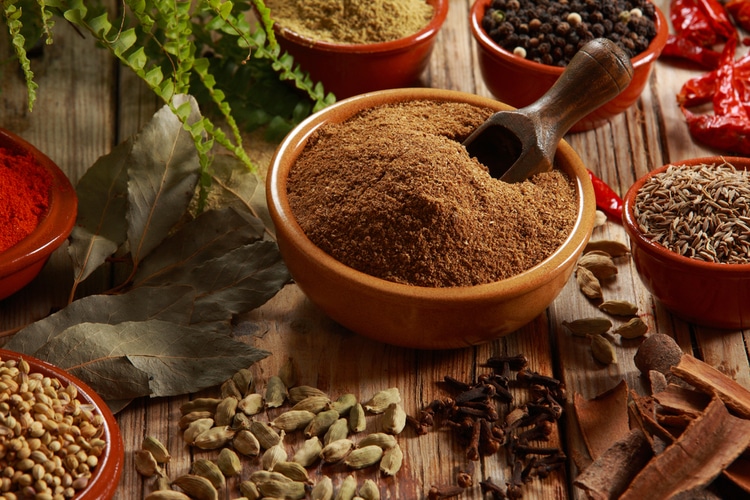
Even though allspice comes from one singular allspice berry, it turns out you can combine a few of the spices on our list to create your own “allspice blend.”
We mentioned earlier that allspice has a full flavor profile that includes hints of nutmeg, cloves, and cinnamon. If that’s what you taste when you try the spice, then why not use those ingredients to recreate it?
Mix equal parts of nutmeg, ground clove, and ground cinnamon. This beautiful blend will look, smell, and taste incredibly similar to allspice, giving you almost the perfect substitute.
In some cases, it may also help to add a dash of pepper to the mix – although the clove taste might be enough for your dish.
If you’re looking to make this blend an even funner experience, try getting all the ingredients in their fresh, whole form and grind them up at home. Use cinnamon sticks, cloves, and nutmegs and grind each up using a mortar and pestle for a nostalgic, hands-on feel.
You can also use a coffee bean grinder, and food processor, or a specialized spice grinder for a quicker, more effective approach – though nothing is quite as fun as the mortar and pestle.
For any kind of grinder, add your ingredients and grind for about 30 seconds. Check the fineness of the spices and continue to grind in 10-second intervals, checking the consistency as you go.
Use a one-to-one ratio of your spice blend to replace allspice in pretty much any recipe that calls for this earthy ingredient.


